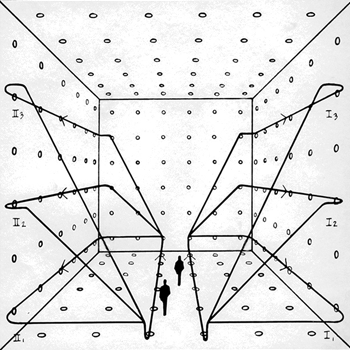#f(x)=(2x²)/(x+1)#
for vertical asymptotes we look at where the demoninator is 0. here that means x = -1
#f(-1)=(2(-1)²)/(-1+1) = 2/oo#
if we explore #x = -1 + h# with #0 < abs h "<<" 1# we have
#f(h-1)=(2(h-1)²)/(h)#
the numerator is always positive so
if #h < 0#, ie the left-sided limit, then the limit is #-oo#
if #h > 0#, ie the right-sided limit, then the limit is #+oo#
so
#lim_{x to -1 ^ -} f(x) =- oo#
#lim_{x to -1 ^ +} f(x) =+ oo#
for horixontal and oblique asymptotes we look at # x to pm oo#
here, #lim_{x to pm oo }(2x²)/(x+1) = pm infty# as the quadratic power dominates the expression
but note also that
#lim_{x to pm oo }(2x²)/(x+1) = lim_{x to pm oo }(2x)/(1+1/x) approx lim_{x to pm oo }(2x)/(1) # as the #1/x# term diminishes in the denominator
so the line #y = 2x# is an oblique asymptote

